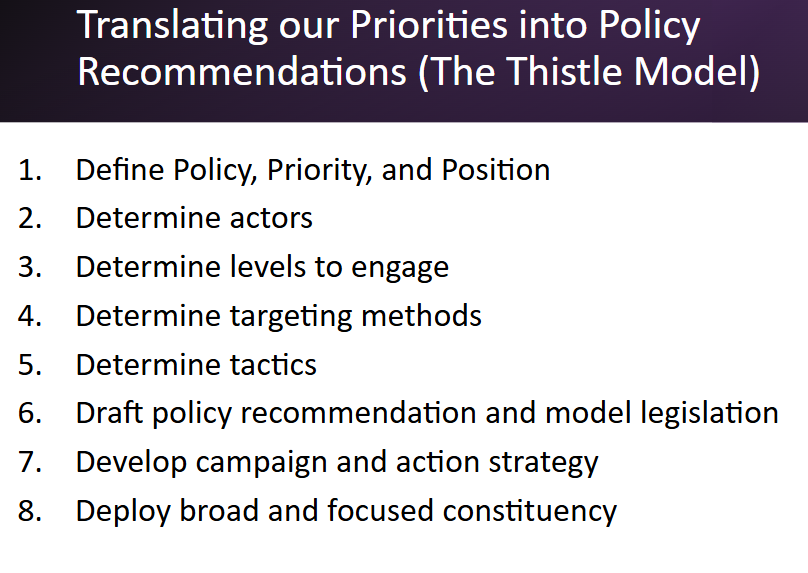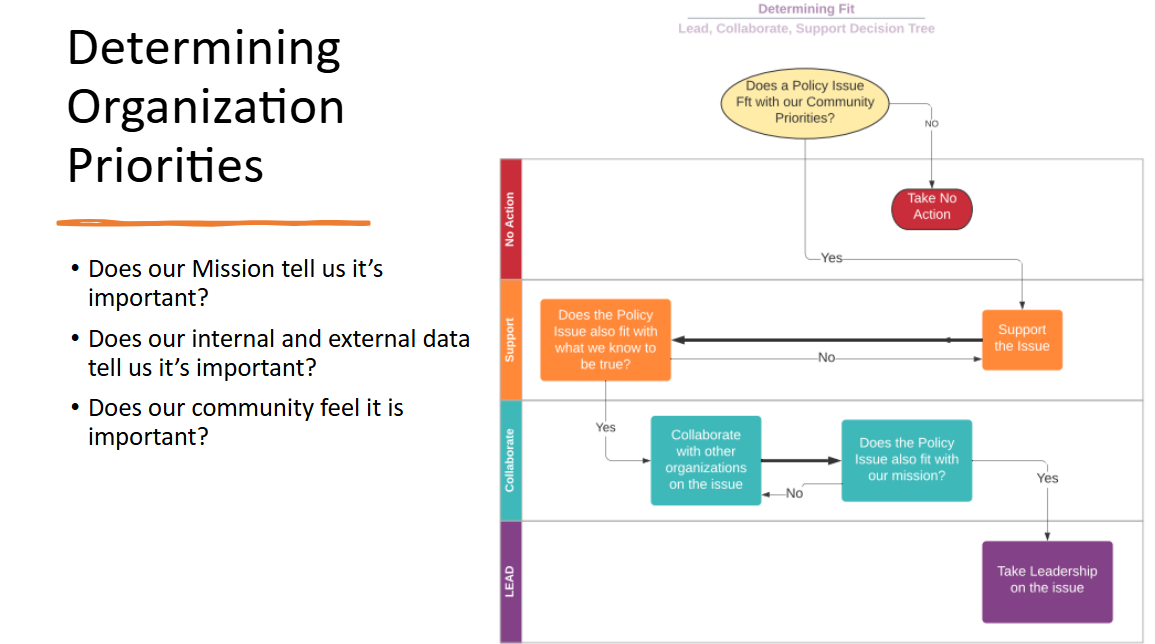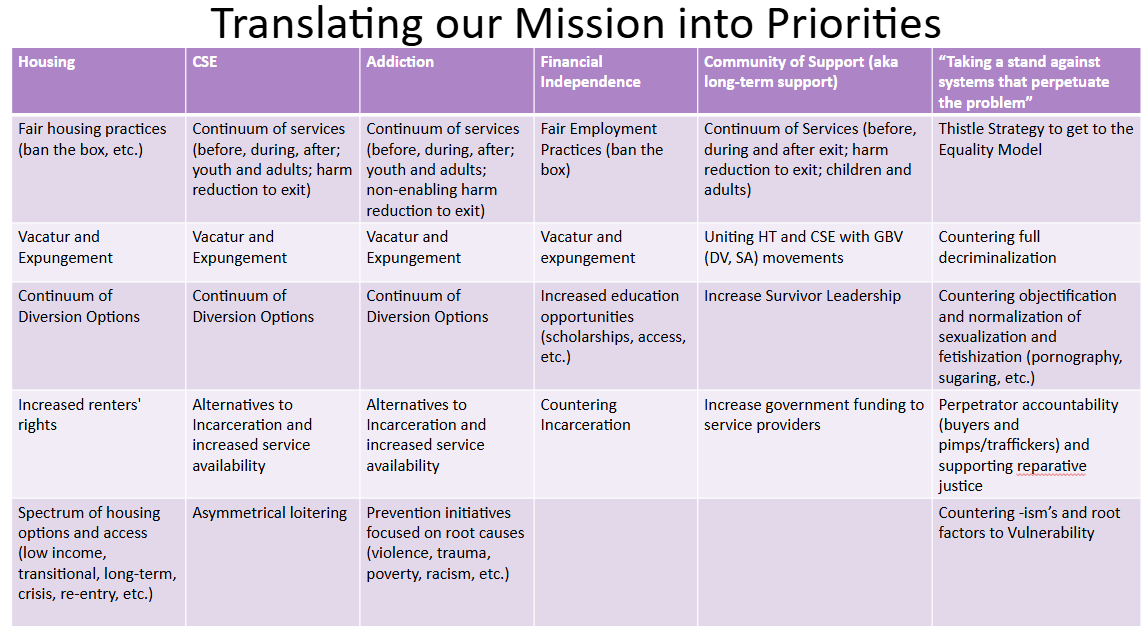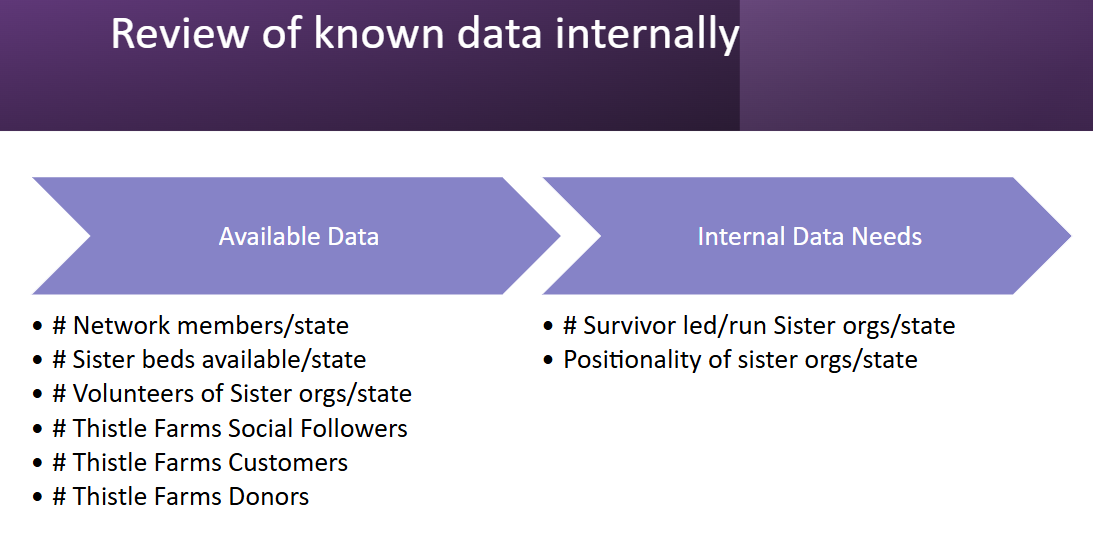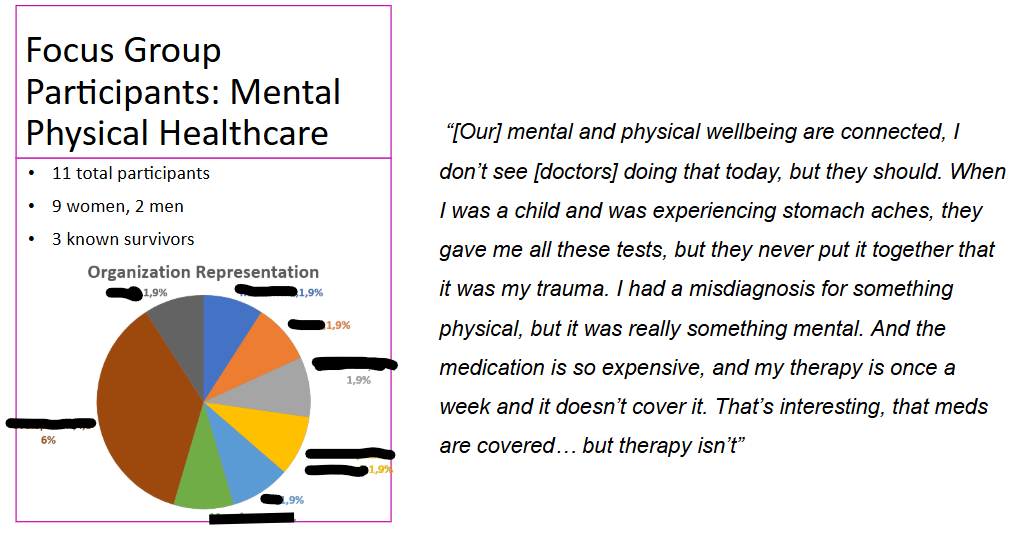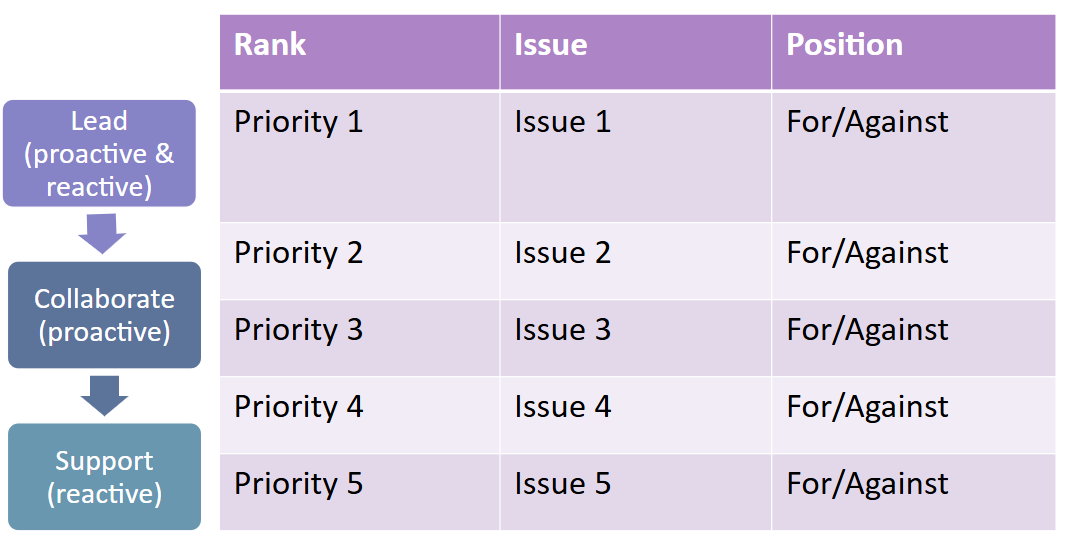Creating a Decision-Making Framework
Sometimes it’s hard to decide what to work on, after all, most of us get into nonprofit work because we want to solve all the problems. No isn’t exactly in our vocabulary. But saying “Yes” all the time leads to mission drift, inefficient resource allocation, and ineffectual evaluation measures. When you’re always focused on the next big thing, you can’t focus on what’s in front of you today.
At Thistle Farms, I developed a decision-making framework to better understand what policy issues we would work on, how we would do that, and when it was appropriate.
Process
-
Thistle Farms knew it wanted to work on policy but had no clear directives on what types of policies, in which issue areas, or how they that work would be done.
-
To ensure there was a unified message and clear outline for when and how to take action or respond to a policy issue I developed a framework to determine what our policy priorities were and how we would take action or respond:
Mission: I began with a taking a deep dive into the semantics of the mission of the organization to understand the core priority areas of the organization.
Data: Once missional priorities were identified, I then did an internal data analysis of the direct services of Thistle Farms and compared that back to external data sources on similar populations and service provision models to discover our key focus areas, issues impacting our population, and goals of our service model.
Community: I then implemented a community survey about the above missional and data policy areas as well as hosted a series of focus groups on the above missional and data priority areas that were identified. These groups were open and included program participants, program graduates, board, leadership, staff, and key community members and stakeholders to determine the directionality of the communities feelings about the above missional and data priority areas.
Directionality and Priority: Once all this was collected, I was able to quickly identify what policies ranked as most to least important for the organization as well as the general position direction (support or oppose) the organization took.
Lead, Collaborate, Support: From there, I was able to develop a decision-making framework that guided which policies we took a proactive vs. reactive stance on. This allowed us to focus only on policies where we had resources and buy-in to move the needle.
-
Thistle Farms was able to allocate resources toward policy priorities and campaigns that worked and created meaningful change that aligned with the organizations mission and work.
-
8 Focus groups engaged 50 participants including internal and external stakeholders - dual impact of normalizing policy and advocacy conversations in the community and identifying community priority areas,
8 Surveys developed and delivered with over 60 respondents determination of position and community priorities.
5 policy priority areas established.
3 out of 4 bills introduced passed.
1 external stakeholder group established as a result of focus groups.
